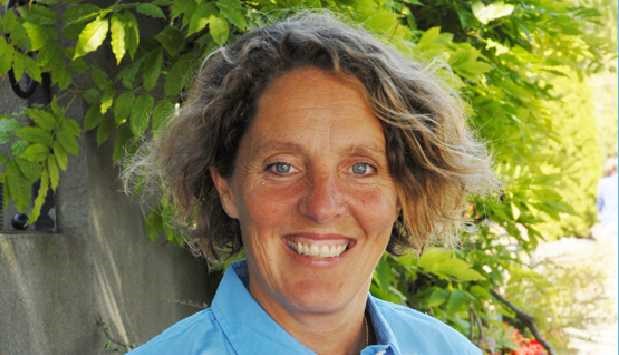Re: “Province needs to ask: ‘What is missing?’ ” comment, Jan. 27.
The CEO of the Greater Victoria Chamber of Commerce, Catherine Holt, in her reference to the shortcomings of the Capital Integrated Service and Governance Initiative report, offers a surprisingly simple solution that would give the provincial government an opportunity to show leadership.
It would cost little and it would take minimal time.
To quote: “There is no way the consultants, with their many years of senior-government experience and all the information they gathered, do not have a whole lot more to say about how to fix our problem. [Minister of Municipal Affairs and Housing Selina] Robinson has an opportunity and a responsibility to ask the consultants to provide her with a more pro-active set of recommendations … including any recommendations they wanted to include in the governance report, but that have never seen the light of day.”
Surely this provides an opportunity to turn an inconclusive initiative by the previous government into a positive response by the current government by resurrecting the CISGI project and asking the consultants to provide a final chapter.
We urge the government to take steps to support this creative, cost-effective and positive suggestion.
This significant study on opportunities for consolidation/partnerships in municipal service delivery in the Capital Regional District, initiated by the former government, was withheld until after the election and released during the transition period of the new government. The CISGI report provides a useful compendium of service delivery, and outlines the fragmentation that exists in the CRD. Sadly, it serves only as an information document, and it provides little guidance for response and action by either local or provincial officials.
Unfortunately, the scope of the report as published was confined to the terms of reference as defined by local area mayors. Consequently, the CISGI report lacked any conclusions, or, as Holt so aptly stated, it is missing the final chapter. The report could have been a good building block for reform, but instead it appears to have simply fallen off the table.
The report hints that municipal officials could do more, but fails to provide recommendations and timelines. This well-documented fragmentation forces every municipal council to encourage the government to fund their local project, while ignoring the regional need.
Over the past six months, municipal leaders have made little effort to identify opportunities for more integration, and instead have reinforced the boundaries of their local fiefdoms. Long-term co-operative arrangements are falling apart.
Considering that the 2014 referenda clearly provided the provincial government with a mandate for local government reform, we are surprised to see this being ignored by the current government.
No one, including Amalgamation Yes, has asked the province to impose any particular model of reform. The province was asked only to support and fund a co-operative study of local governance and identify options for some form of future consolidation. It was not asked to dictate support for any particular type of reform or force amalgamation, just to provide the citizens with comprehensive information and data.
We are witnessing increasing municipal disorder, and it is completely unacceptable that nothing is being done to rectify this clearly outlined dysfunction. This lack of leadership from the province not only frustrates the daily lives of residents, it also reinforces an inability to recognize and deal with provincial economic and social-policy objectives for improving transportation, housing and emergency response.
We encourage the government to consider Holt’s suggestion seriously, and we look forward to reading the missing chapter.
Shellie Gudgeon chairs Amalgamation Yes.



